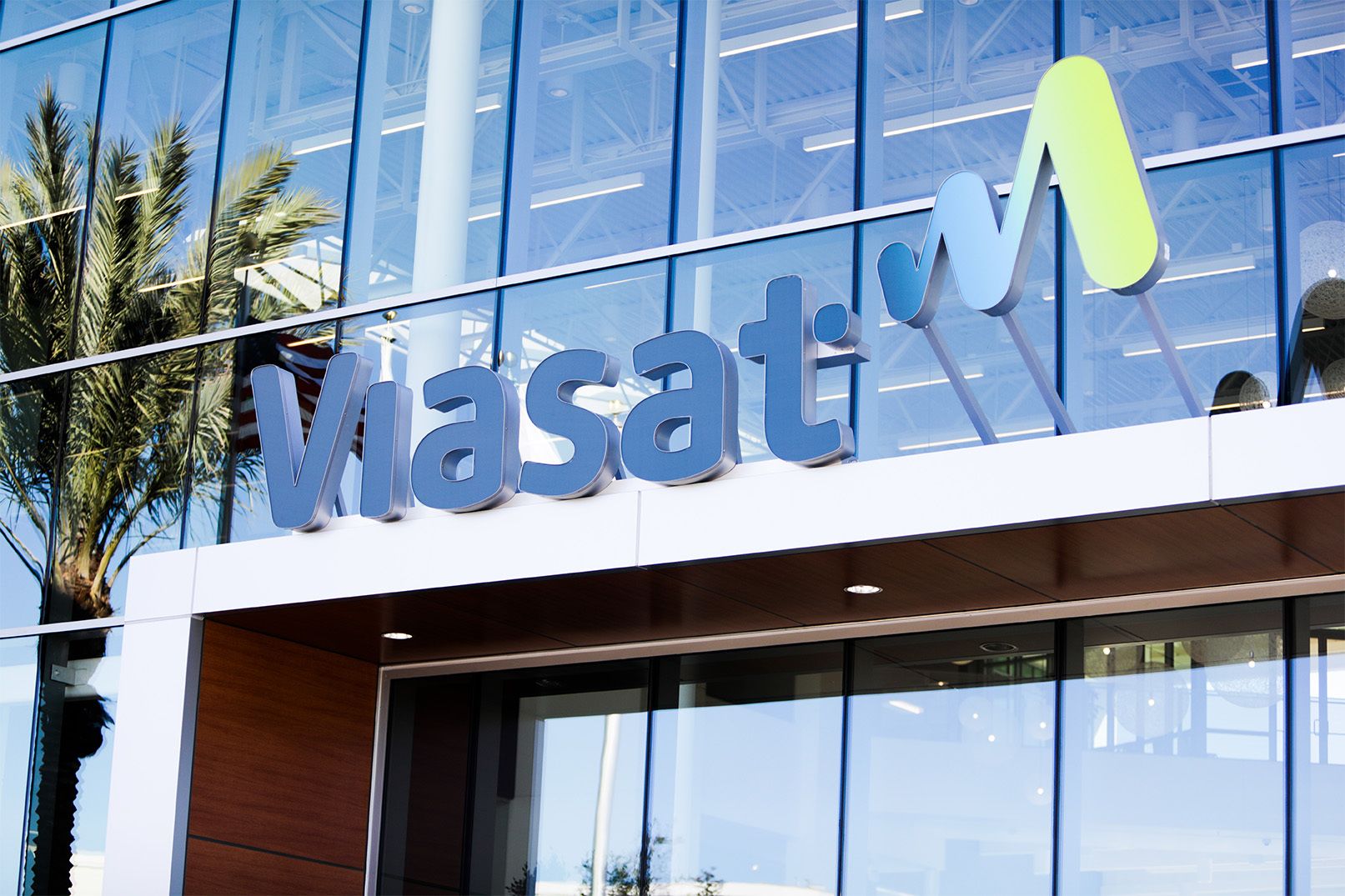Viasat to Initiate Service on ViaSat-3 Satellite, Starts Receiving Insurance Money

Article originally published on February 7, 2024.
Viasat plans to initiate service soon with the first ViaSat-3 satellite, which has just a fraction of its planned capacity due to an issue with an antenna on board. The operator announced in its Feb. 6 quarterly results that it plans to start commercial in-flight connectivity service on the satellite in the quarter of its fiscal year 2025 (the second quarter of 2024 in calendar year).
CEO Mark Dankberg told investors on Tuesday that the performance other than the affected antenna is “nominal or better,” and Viasat has demonstrated peak downstream data rates into consumer terminals in the range of 200 Mbps to 300 Mbps.
The operator is expecting a $770 million payout in insurance for the impairment on ViaSat-3 F1 and the total loss on the I6 F2 satellite. Viasat filed the claims at the end of 2023 and has received more than $200 million to date. The company expects to receive the proceeds over the next few quarters, President Guru Gowrappan confirmed Tuesday.
The antenna manufacturer, which Viasat has not named, completed a root cause investigation into the anomaly. Viasat did not share the results of the investigation. This manufacturer is also the supplier for ViaSat-3 F2, the second satellite in the constellation. Dankberg said this satellite is now expected to launch in the first half of calendar year 2025, with corrective actions on the antenna.
The third satellite, ViaSat-3 F3 has a different antenna supplier, and is expected to launch late this year.
Viasat reported $1.1 billion of revenue in the third quarter of its 2024 fiscal year, reflecting the impact of acquiring Inmarsat in May 2023. Revenue is up 73% year over year, due to the acquisition.
Net loss for the quarter was $124 million, compared to a $47 million loss in the prior year period. The increase in net loss was due to higher interest expense from additional debt due to the acquisition and non-recurring charges relating to the integration.
Dealing with the impact to the ViaSat-3 F1 satellite, Viasat has chosen to prioritize growth in its mobility services, including in-flight connectivity (IFC) to airlines. Gowrappan said on the call that Viasat continues to reallocate bandwidth to support our rapid IFC growth.
The Satellite Services segment, which includes fixed broadband, aviation, maritime, and enterprise, reported $581 million in revenue in Q3 FY2024 — up 92% year over year. This increase is from including the full impact of Inmarsat services, all Inmarsat’s former aviation, maritime and enterprise business units are now included in the Satellite Services segment.
With Inmarsat included, the revenue mix is now 79% aviation, maritime, and enterprise, and just 21% U.S. fixed broadband. This is compared to the prior year period, when U.S. broadband was 53% of this segment.
Growth also came from additional aircraft in service for commercial aviation. Viasat reported installations for in-flight connectivity (IFC) are up 17% year-over-year. Viasat ended the quarter with more than 3,500 planes in service, and a backlog of 1,400 planes.
“Aviation continues to be our fastest-growing area with good progress in aircraft served and passenger engagement and in the scope of services we deliver that help our customers use connectivity to benefit their unique business models,” Gowrappan told investors. “We are proud of our reputation for predictable, reliable and measurable service quality. Our new order pipeline remains robust.”
The Government segment saw a large increase as well. Government Systems revenue increased to $381 million in the quarter, a 109% year over year increase from the prior year, from continuing operations. A full quarter impact from Inmarsat enabled service revenue to grow 179% year over year.
Return to the Viasat: The Next Chapter Collection homepage.
Get the latest Via Satellite news!

